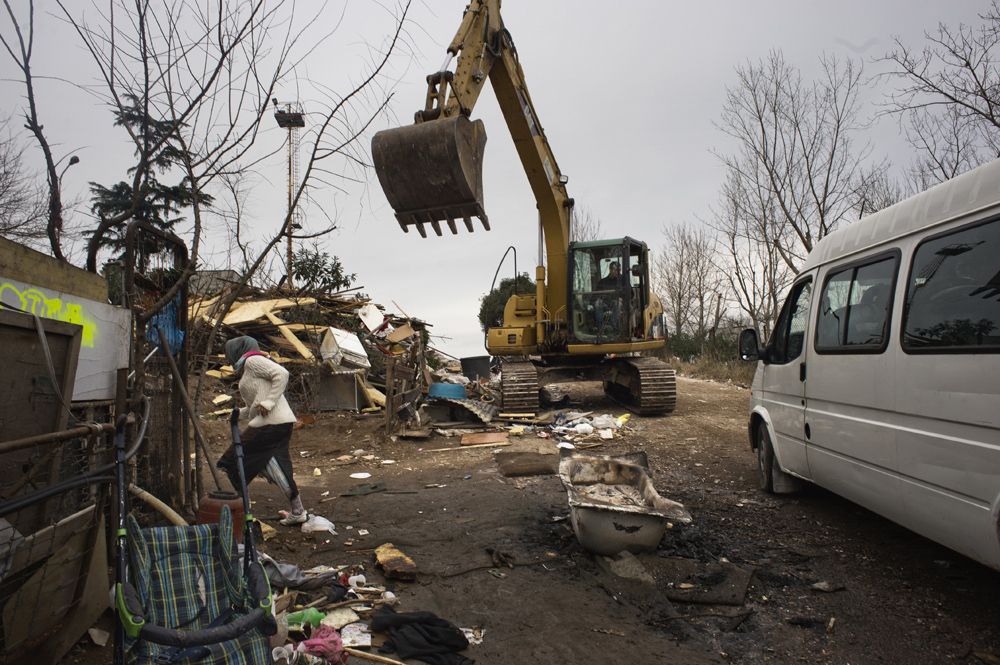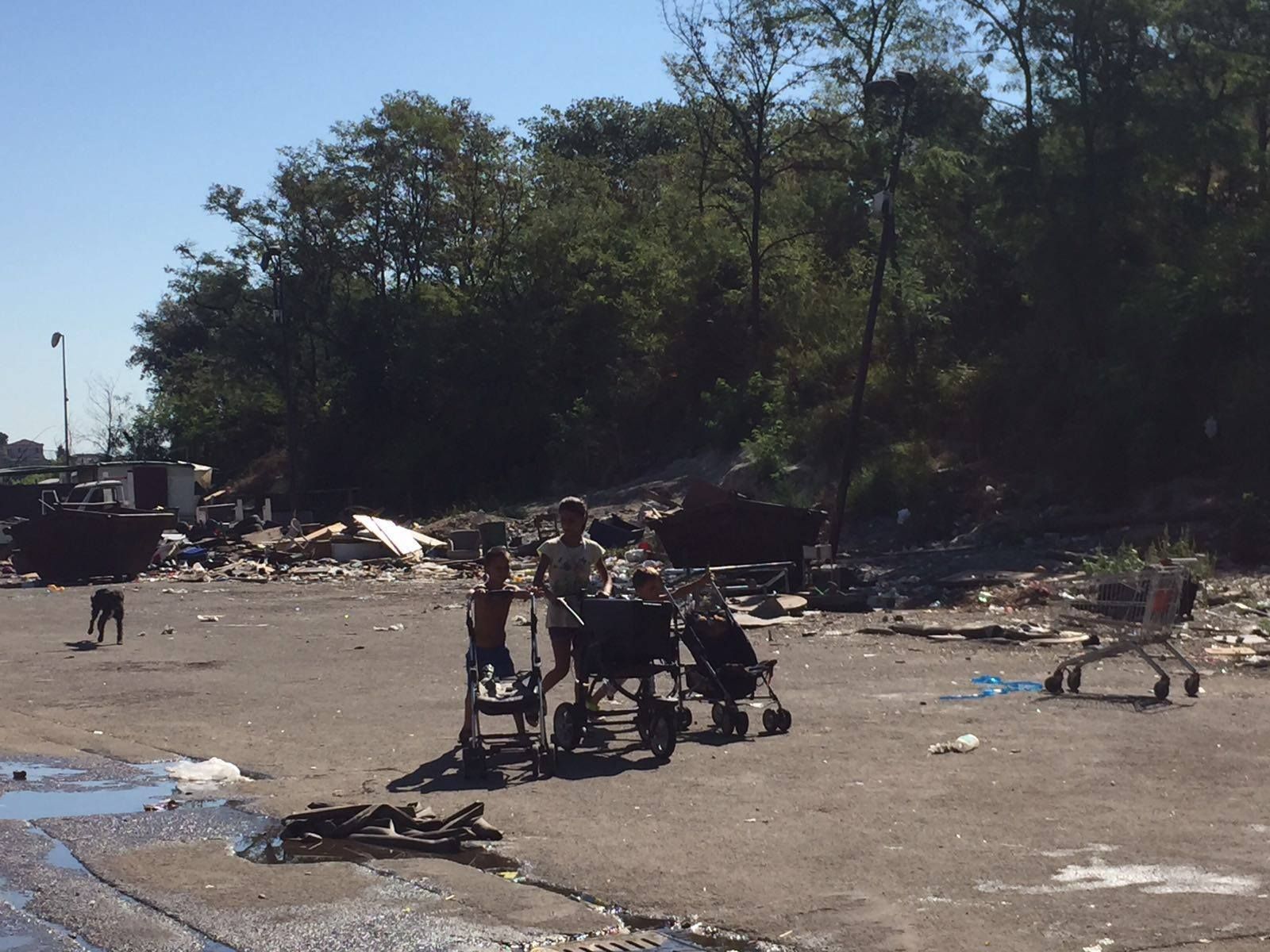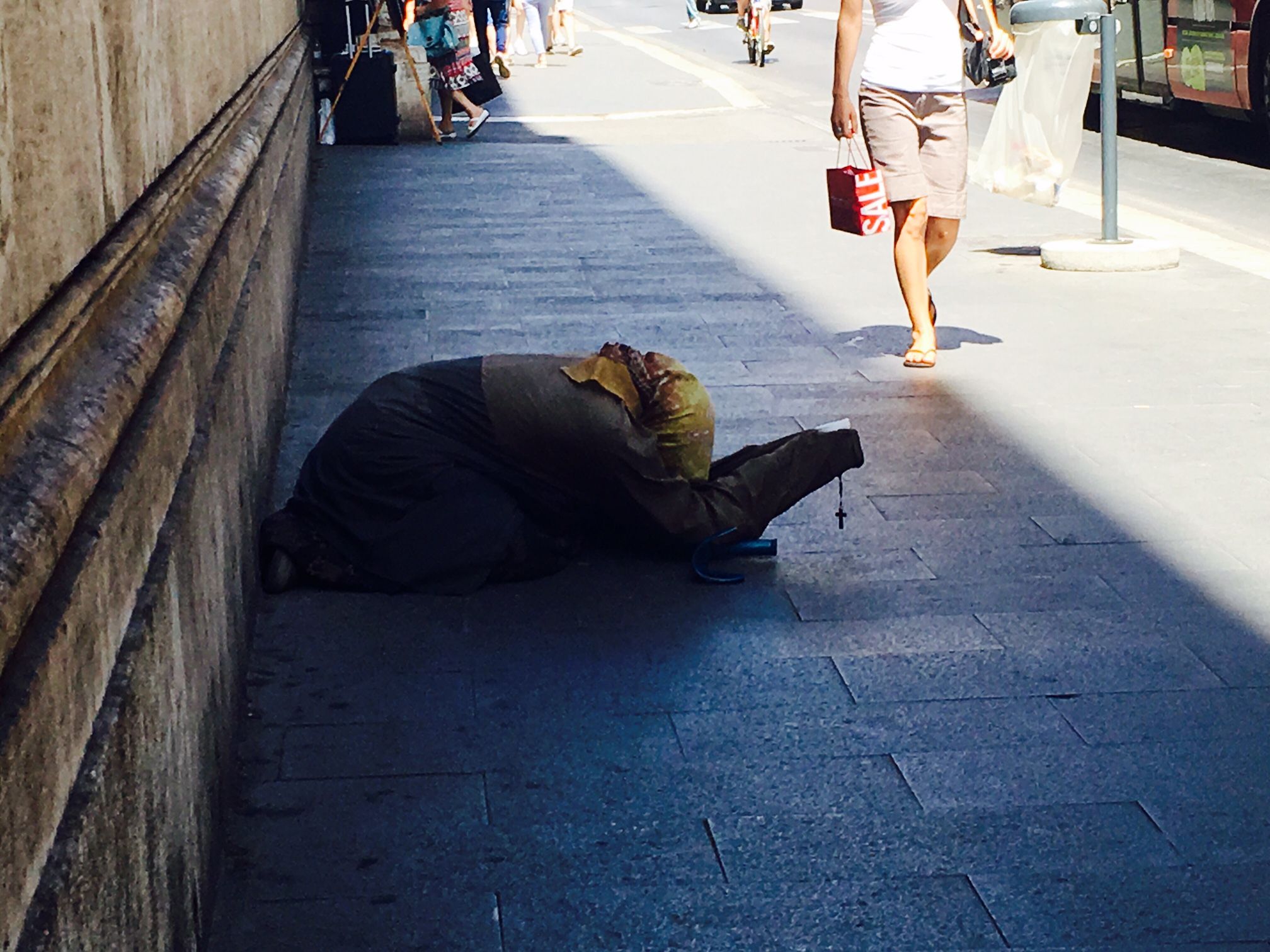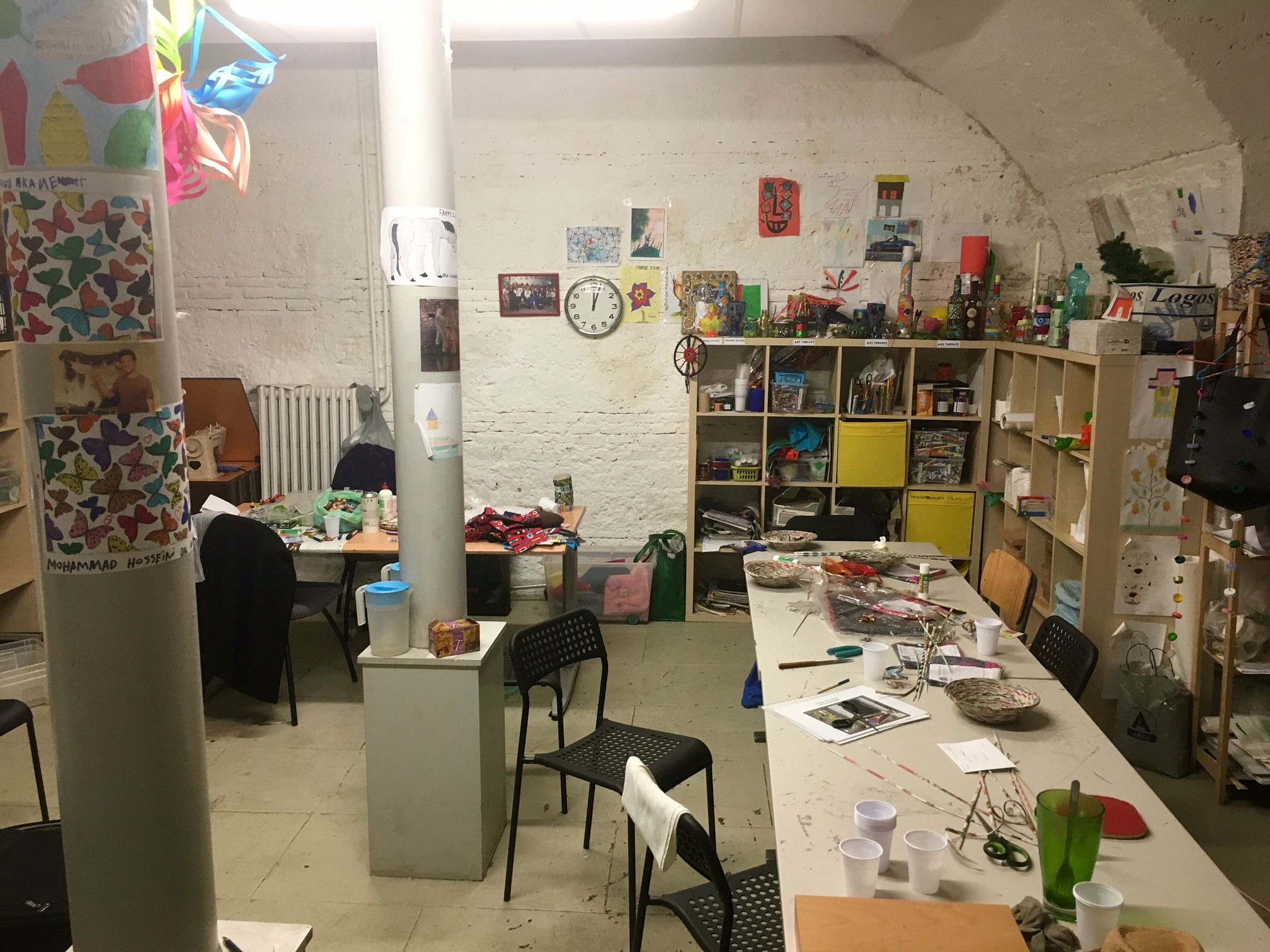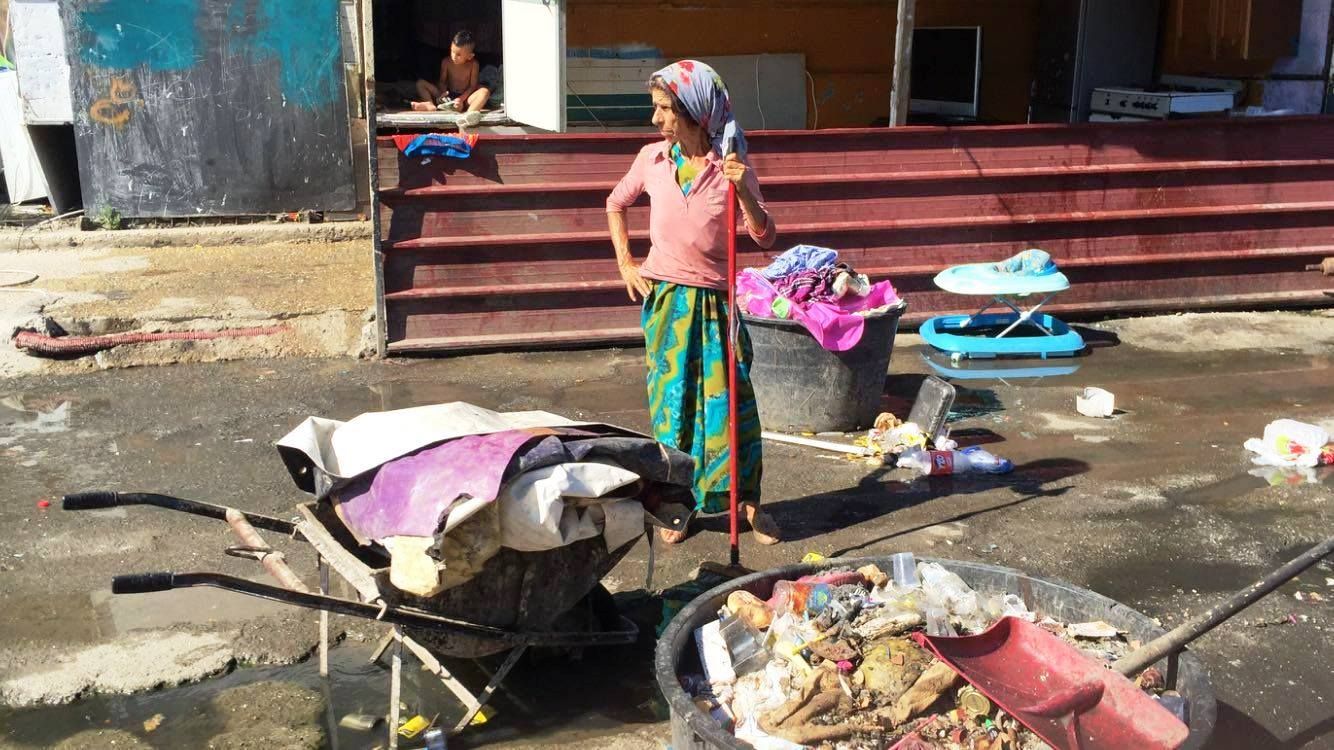Immigration throughout Europe has been making headlines continuously throughout 2016, especially after the closing of the Turkish border to Syrian refugees. The new route? Through Italy.
But what will happen to the refugees from around the world who enter Europe through Italy, a country known for very little diversity and a strong Catholic belief system?
To find the answer it is best to look at the experience of the Roma, an ethnic group who first entered Italy in 1400 and who still face discrimination today throughout Italy and Europe.
"The Gypsy Problem”
Since the Roma people first migrated to Italy, there has been dispute over "the gypsy problem”: a question posed by both the government and society about what best measures to practice in response to the Roma, a group of people with their own set of beliefs and customs that differ from Italians.
Carlo Stasolla, president of the human rights advocacy group Associazione 21 luglio, says that the long-held prejudices against the Roma stem from religious beliefs.
“In the Bible it’s written that people who work with iron and live under tents are sons of Cain,” said Stasolla.
Genesis 4:1-16 tells us Cain murdered his brother Abel, lied about the murder to God, and as a result was cursed. Interpretations extend Cain's curse to his descendants, believed to be tent-dwelling people and bronze- and iron-smiths.
The Roma have historical ties to both tents and iron. When the population first emerged in Italy they lived in tents because of their nomadic lifestyle throughout Europe. The Roma have always worked with metals in their professions and some still do so today.
This combination proved to be detrimental, causing bigotry and bias in Italy that still remain—the consequences of which are now mainly seen in governmental housing settlements that resemble slums around the world, as well as high unemployment rates and lack of health care.
In 2016, the “gypsy problem” lives on, as the Italian government and society struggle to integrate Roma and Italian cultures together peacefully.
Living as a Roma
There are two types of settlements where the Roma live: government-run and illegal.
The government settlements are communities usually placed on the outskirts of major cities like Rome. They are overcrowded, dirty and unhealthy, even with the electricity and water provided by the government.
Candoni is a legal government settlement on the outskirts of Rome where 1,100 Roma live. It was originally created to hold only 800 people. The overpopulation of the settlement has caused the camps to become dirtier, with water flooding at times and with trash everywhere.
Maria Miclescu, a 21-year-old Roma living in Candoni, says there are three factors as to why the settlement is getting dirtier:
“The first factor is that there are too many people,” Miclescu said. “In each house there are around 15 people.”
The other two factors include waste itself.
“We work with different metals, with copper and with fire. This causes it to be dirtier,” Miclescu said.
The third factor is that even Italians, people living on the outside, come near the camp to throw trash over, treating the settlement as if it was a landfill, Miclescu explains.
“The conditions to raise children are not good here because they are walking on dirt and breathing unhealthy air,” said Miclescu.
Florentina Darmas, a Roma mother of three who also lives in Candoni, agrees with Miclescu.
“It’s very difficult to live here and to raise children,” said Darmas. “We all want to go outside the camp.”
Families within Candoni work hard to provide an alternative “inside world” for their children in which they keep their houses organized and clean to create a healthier space for the children to live in, said Miclescu.
“I’m proud to be a mother but it’s not what I want for my children,” said Miclescu. “But I am really proud to be a Roma girl because Roma don’t give up. We are hoping for a better future, even when living in poverty and dirt.”
The illegal settlements are even worse and the Roma living in them are more likely to experience evictions than those in government settlements, although evictions are known to happen in every type of settlement.
The European Union has strict guidelines on evictions, stating that if a government evicts a population from their homes they must provide them with a new place to live that reaches a better standard than the previous residence. But this is normally not the case when evicting the Roma in Italy.
“The local consul tries to respect the national strategy during the evictions, but it is not always possible,” said Alessandro Tudino, a cultural mediator of the contact center service at The National Office Against Discrimination (UNAR).
Tudino said that public funding is the issue, stating that the local consul does not have enough money to introduce families into an apartment or new home.
The government usually claims health concerns as their main reason for the evictions. According to Stasolla, the life expectancy of Roma is 10 years below that of the Italian average.
“You have to consider that the camps are usually placed in polluted areas where there is often illegal displacement of waste,” said Stasolla.
Few Roma find work outside the settlements, making it more difficult to increase income and improve life conditions.
“On their applications they must provide their home address at the camp,” said Stasolla. “When they introduce themselves with this application the boss knows that they come from that camp.” This can cause discrimination against the Roma, as some business owners in Rome do not wish to hire a Roma as an employee.
Miclescu and Darmas have taken their employment into their own hands. They are two of five women in Candoni who have started a business called Gipsy Queens.
Gipsy Queens is a cooking business where the women cook and cater food for events around the city in hopes of sharing their culture with Italians.
“We wanted to invite Italian people to learn about our culture, our own food too, inside the camp,” said Miclescu.
The Gipsy Queens created a party with the help of Arci Solidarietà Onlus, a group that works with marginalized populations in Rome, called “One Night in Candoi,” where they invited Italian and Roma musicians to play as they cooked food for everyone in attendance.
“We wanted to be able to make relations and connections,” said Miclescu.
Candoni is 4,732 miles away from the east coast of the United States, but that is where the American dream thrives. It is a hope that Miclescu and Darmas share with many of their fellow Roma.
“We want to have this American dream that you go and find work and things,” said Miclescu.
Miclescu and Darmas both said they know family members and friends who have left to go to the United States in hopes of finding a job, saving money and bringing it home to Candoni to support their families and community.
“We don’t want to stay in America, not forever,” said Miscluescu. “We want to come back afterwards. We want to work, make money, settle a little bit and then come back here.”
Getting jobs of a higher income in Italy is hard not only because of proximity to the city centers or because of xenophobia, but also because of low education rates. “There is a 12 percent scholar frequency for Roma children,” said Stasolla. Statistically, this means that the vast majority of Roma people will never be educated at a university level.
When they do attend school, the children receive insults from their Italian peers and usually fall behind in their education in comparison to the Italian classmates.
“We tell them to have courage, that it doesn’t matter,” said Darmas. “We say go on, you don’t have to hit them or fight them. You have to study.”
Governmental Efforts
In 2012 UNAR inducted a plan for the Roma called the National Strategy for the Inclusion of Roma, Sinti and Caminanti Communities.
UNAR is set up within Italy’s Department for Equal Opportunities to the Presidency of the Council of Ministers, working in both private and public sectors to fight against discrimination in labor, healthcare, education, access to goods/services and social protection.
The total number of discrimination cases involving Roma in 2015 recorded by UNAR was 411, as opposed to 202 cases against Roma in 2014.
“The increase was mostly in hate speech in mass media,” said Alessandro Tudino, a cultural mediator of the contact center service at UNAR.
UNAR’s main concerns are discrimination in mass media and public life, the two areas where Roma are discriminated against the most.
“Mass media also includes social network comments, posts, etc.,” said Tudino. UNAR is currently researching social networking to monitor the phenomenon, Tudino sad.
The National Strategy for the Inclusion of Roma, Sinti and Caminanti Communities acknowledges associating the Roma with nomadism, a long-held belief that Roma have always traveled by choice, not out of persecution. This has also served as a justification for the slum-like nature of the government settlements. Yet, Roma no longer migrate, and many of the adults in the population alive today were born and raised in Italy, growing up in the Roma settlements.
“The camps are a place of poverty and because they are a place of poverty no one wants to live in them,” said Stasolla.
Refugees in Rome
Like the Roma, refugees in Rome experience life-threatening poverty. Most refugees traveling through Italy wish to pass through, seeking a home in the northern section of Europe.
“They know Italy is not the place to be,” said Daniela Morales, volunteer and program coordinator at the Joel Nafuma Refugee Center, a day center that’s a part of St. Paul’s Within the Walls church, which provides breakfast, clothing, shoes, toiletries, language classes and more to refugees in Rome.
“Italy has a very high unemployment rate, and a disorganized kind of social service system,” said Morales.
Although it is easier to receive asylum in Italy than it is in other countries, most refugees wish to seek asylum elsewhere. Yet, the Dublin Regulation causes a dilemma. “The Dublin Regulation says that the first place where you land, and register, and give your fingerprints as an asylum seeker is where you have to apply for asylum and complete the asylum seeking process,” said Morales.
This also means that the country in which a refugee seeks asylum is the only country where he or she may be employed until citizenship is reached. “To even just apply for citizenship you have to have a five-year document called the permesso di soggiorno allowing you to stay in Italy, a registered job, and an apartment that you have rented for at least three years,” said Morales.
Both refugees and the Roma remain stuck in purgatory, living life imprisoned by social and political constraints.
